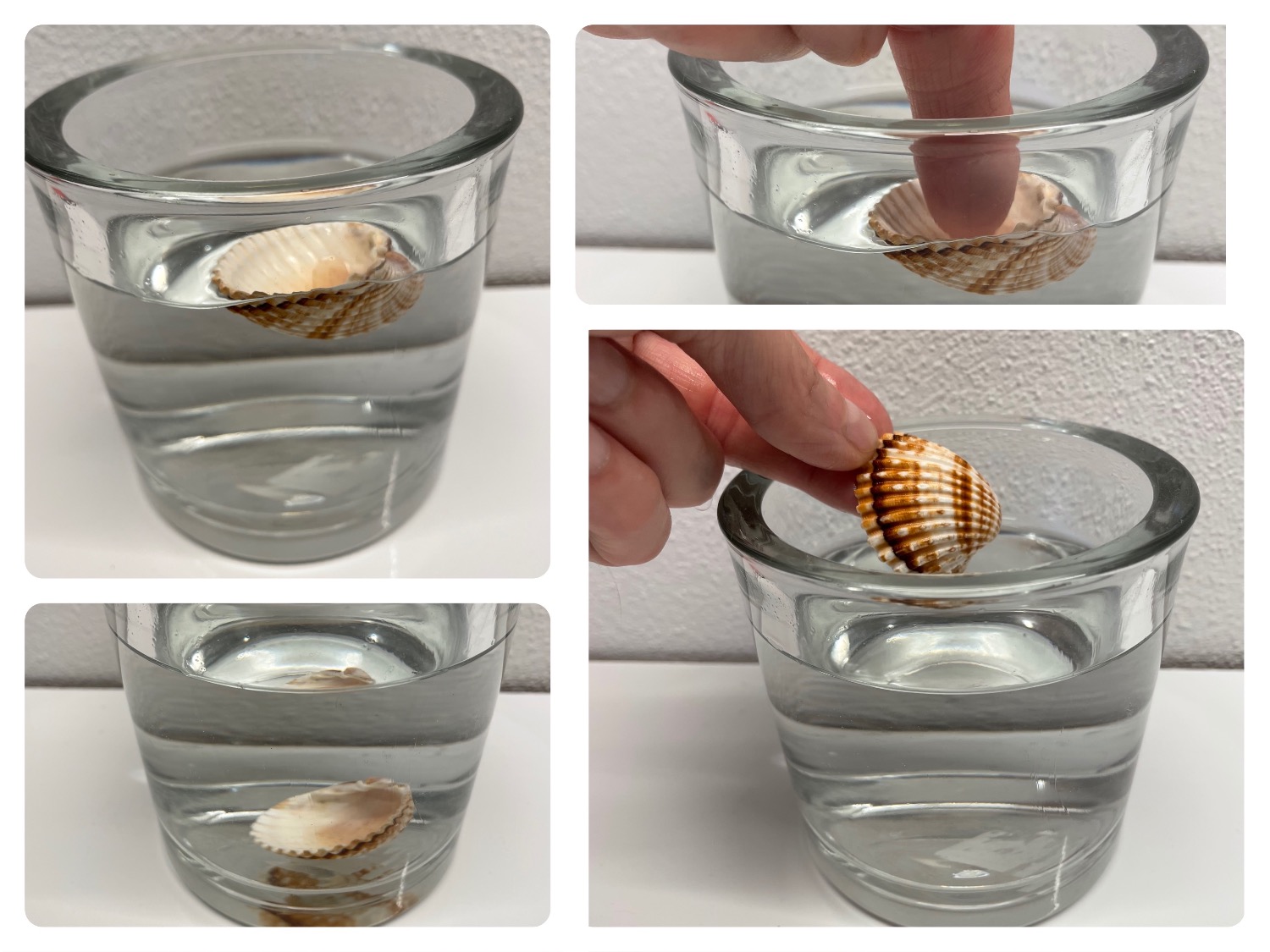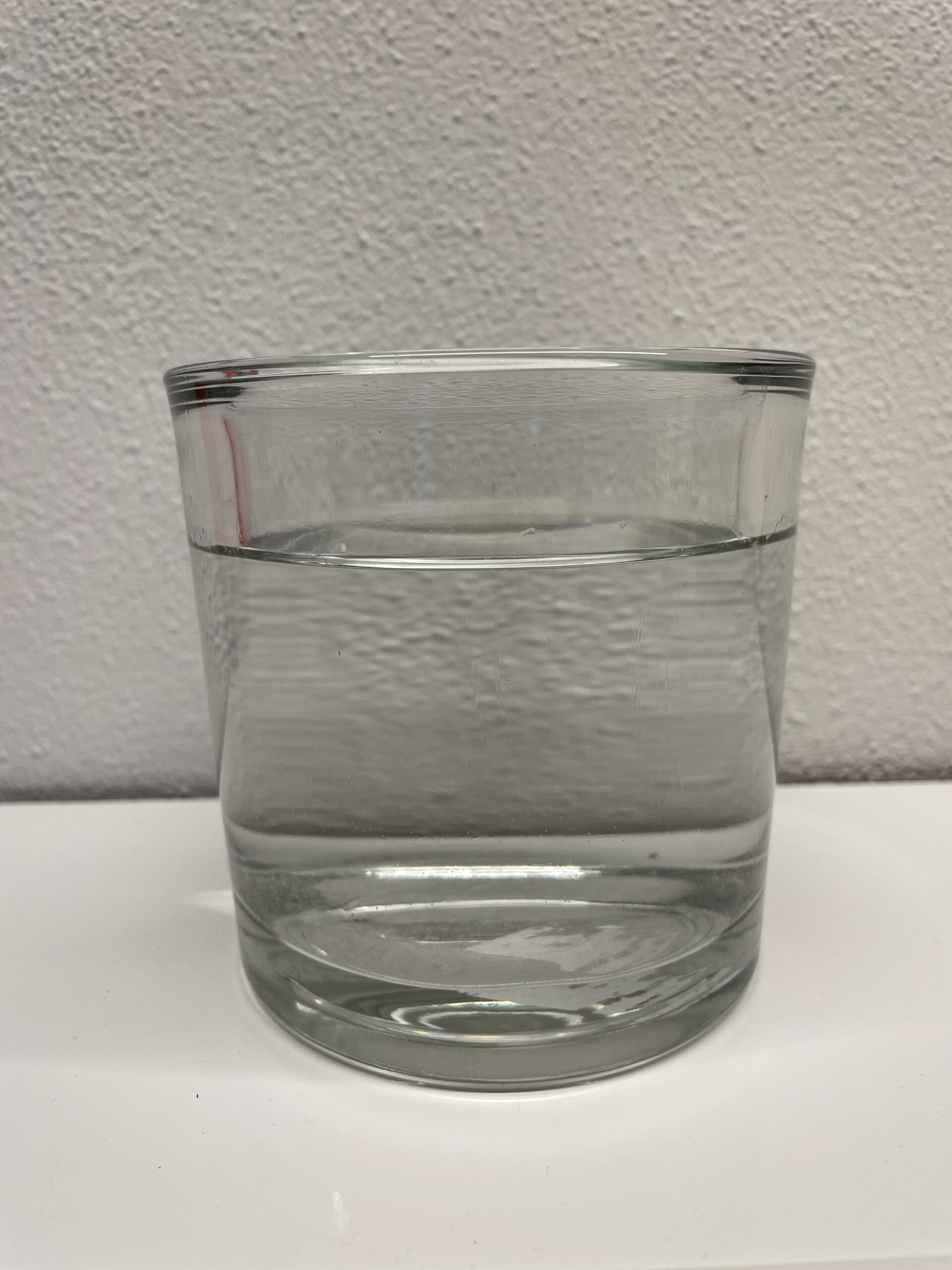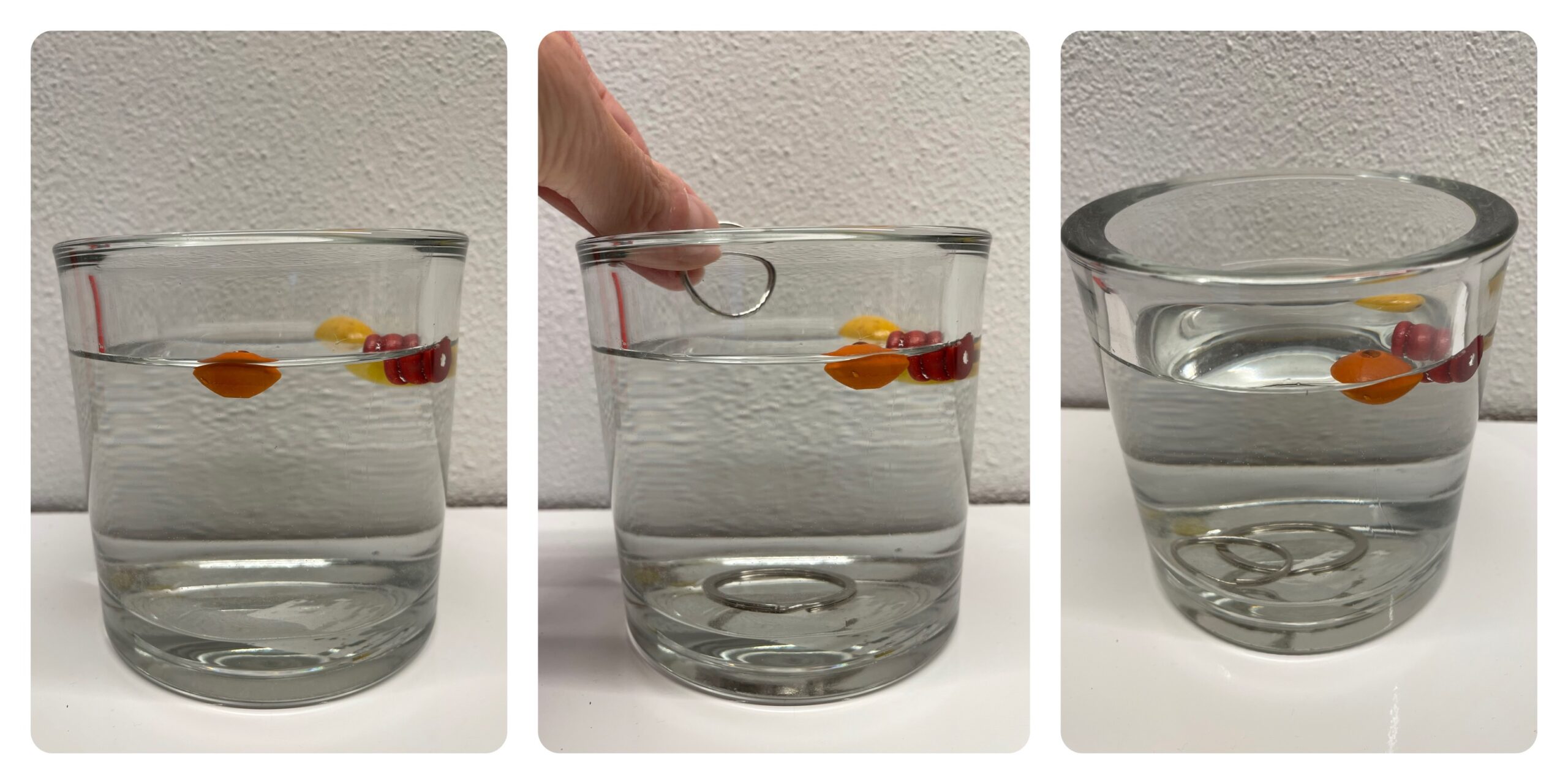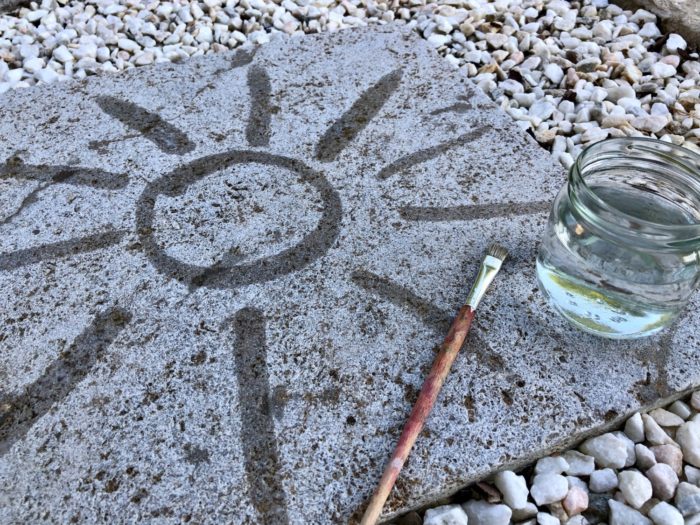Children are excited to find out and try out which things are swimming in the water and which objects are sinking. Some things can even be both! Look for some objects and let the little explorers find objects and try out what is swimming and what is sinking together. We have put together a lot of things for you. Let yourselves be inspired and see for yourself how exciting the experiments are - not only for children!
Media Education for Kindergarten and Hort

Relief in everyday life, targeted promotion of individual children, independent learning and - without any pre-knowledge already usable by the youngest!

First, fill a glass of 2/3 with water.
Tip: use a straight glass without print, engraving, grooves or patterns, as this way you can observe your objects well.
If the glass is placed on a tray (or baking tray), a protection for spilled water is created.
Now look at your objects together. Let the children first guess how the objects behave in the water. Which objects will swim? Which ones will sink?
Then you'll try it out first!

Carefully place the objects in the water.
Attention: Let the stones glide into the water very carefully and individually.
The stones are going down!



A wooden building block is placed in the water.
He's swimming!



A clothespin swims because most of it is made of wood. The metal alone would go down. You can still try it yourself!



Wood beads (no matter what size) swim on the water.
Metal key rings go down.



A shell can do both! If it is carefully laid on the water like a boat, it floats. If you turn it around the other way, it goes down.
This works very well with shells that have a deep curvature.
Attention: The prerequisite for swimming the shell is that they do not have a hole.



Try to use things you can find at home in the house or in the garden.
Ideas:
Snail houses swim as long as they haven't run full of water.
Wood of any kind also bark parts and toothpicks swim.
Wool and cork swim, as well as plastic straws or rinsing sponges.
Glass nuggets or marbles sink, while paper and plastic buttons float.
Flowers of flowers also swim. Leave a short stalk on the flowers, then they swim even longer.
Tip: try out the experiment with gummy bears! Children would rather eat the gummy bears, but they are so fascinated to see how the gummy bears go down.



You can also use your own glass for each material or object and then sort it according to "swimming" and "go down".






Stay creative and discover the world!
Materials
Directions
First, fill a glass of 2/3 with water.
Tip: use a straight glass without print, engraving, grooves or patterns, as this way you can observe your objects well.
If the glass is placed on a tray (or baking tray), a protection for spilled water is created.
Now look at your objects together. Let the children first guess how the objects behave in the water. Which objects will swim? Which ones will sink?
Then you'll try it out first!



Carefully place the objects in the water.
Attention: Let the stones glide into the water very carefully and individually.
The stones are going down!



A wooden building block is placed in the water.
He's swimming!



A clothespin swims because most of it is made of wood. The metal alone would go down. You can still try it yourself!



Wood beads (no matter what size) swim on the water.
Metal key rings go down.



A shell can do both! If it is carefully laid on the water like a boat, it floats. If you turn it around the other way, it goes down.
This works very well with shells that have a deep curvature.
Attention: The prerequisite for swimming the shell is that they do not have a hole.



Try to use things you can find at home in the house or in the garden.
Ideas:
Snail houses swim as long as they haven't run full of water.
Wood of any kind also bark parts and toothpicks swim.
Wool and cork swim, as well as plastic straws or rinsing sponges.
Glass nuggets or marbles sink, while paper and plastic buttons float.
Flowers of flowers also swim. Leave a short stalk on the flowers, then they swim even longer.
Tip: try out the experiment with gummy bears! Children would rather eat the gummy bears, but they are so fascinated to see how the gummy bears go down.



You can also use your own glass for each material or object and then sort it according to "swimming" and "go down".






Stay creative and discover the world!
Follow us on Facebook , Instagram and Pinterest
Don't miss any more adventures: Our bottle mail







